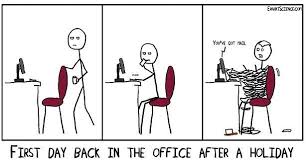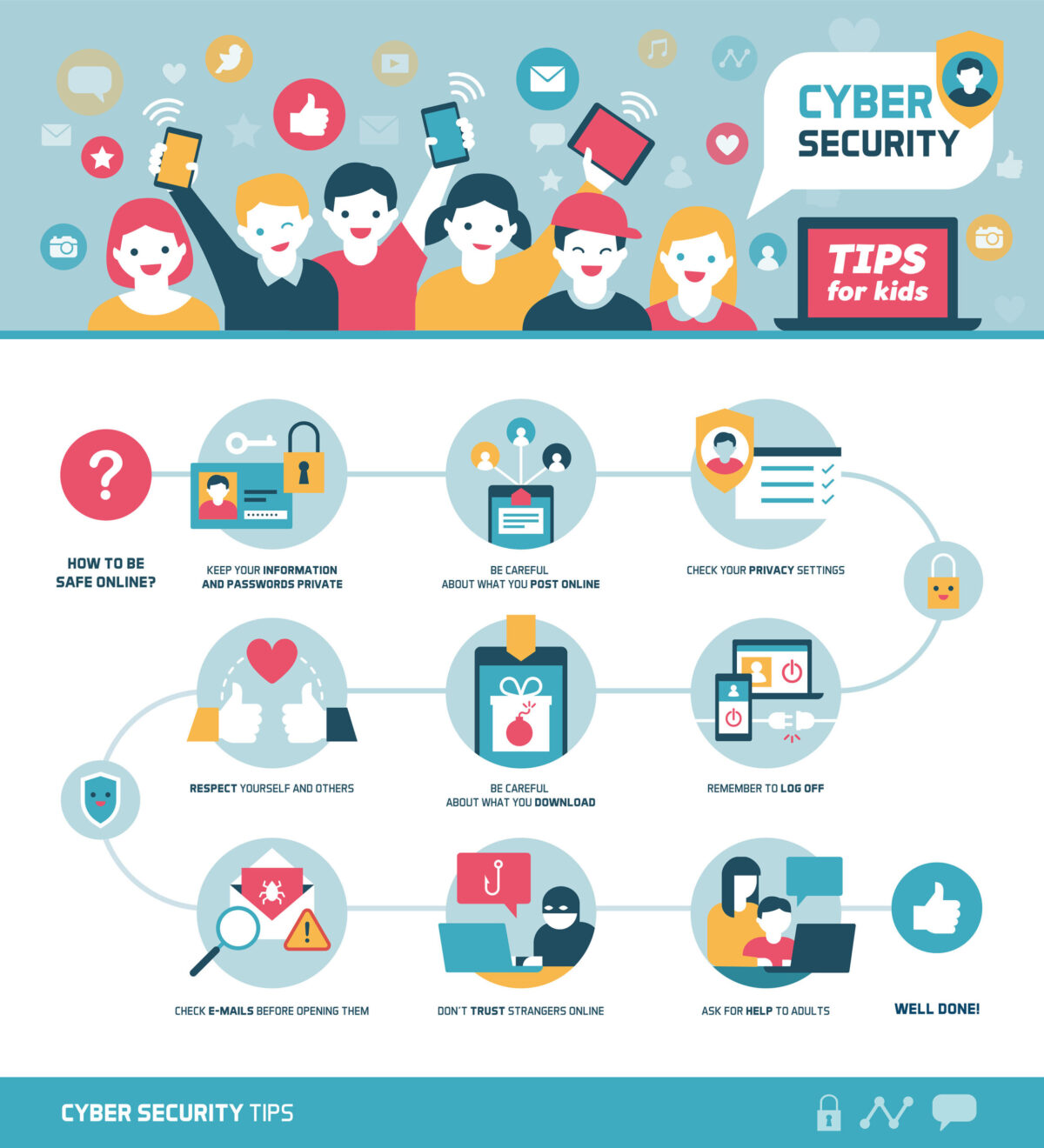Chances are that sooner or later you’ll face some sort of a disaster that will leave you without power, and hinder your access to purchase necessary supplies. It could be a natural disaster like a hurricane, snowstorm, flood, tornado, or earthquake. It could be a manmade disaster that has the power grid failing or requires you to stay put in your home such as the COVID-19 pandemic. No matter what strikes, we can lessen the personal impact by preparing for disasters most likely to occur in our area.
Your first step in disaster preparedness is to find out what types of emergency situations happen in your area. Take a few minutes to research and know what types of disasters your area is most susceptible to. I've listed a few natural and man-made disasters below to give you a place to start.
Natural Disasters:
Hurricanes originate in the Atlantic basin, which includes the Atlantic Ocean, Caribbean Sea, and the Gulf of Mexico, as well as the eastern North Pacific Ocean, and, less frequently, the central North Pacific Ocean. If you live in any of these areas you should prepare for hurricane season which is most active from June 1st to November 30th.
The only difference between a hurricane and a typhoon is the location where the storm occurs.
Typhoons most frequently occur on the western Pacific Ocean off the east coast of Asia near Japan. Typhoons, like hurricanes, have a long, active season running from May 15th to November 30th. The only real difference between the two storms is the location where they occur.
Tornadoes are more common along the Great Plains of the central United States, known as Tornado Alley, and are caused when dry cold air moving south from Canada meets warm moist air traveling north from the Gulf of Mexico. However, don't be fooled into thinking they only happen in “tornado alley". The U.S. tornado threat shifts from the Southeast in the cooler months of the year, toward the southern and central Plains in May and June, and the northern Plains and Midwest during early summer. Tornadoes can occur and have been reported in all fifty states as well as in many parts of the world, including Australia, Europe, Africa, Asia, and South America. Two of the highest concentrations of tornadoes outside the U.S. are Argentina and Bangladesh.
Violent tornadoes do happen outside “Tornado Alley” every year.
If you live in the North East or south of the Great Lakes, you should get ready for big snowstorms and blizzards. But, like tornadoes, these storms can occur anywhere, albeit not as likely. If you're on the East Coast of North America, you will have
Nor'easters to consider, and along the Pacific coast - earthquakes. Mother Nature does believe in being fair and gives everyone a little something!Man-Made Disasters:
Man-made disasters are not confined to one specific area, hence the term "man-made", and can happen anywhere. However, you may live in an area that is more prone than others. For example, if you live near a dam, you may need a plan of action for flooding. Do you live near a wooded area or large forest? Then you need to consider
wildfires. If you live near a nuclear plant, you should think about a way to get out quickly if something were to happen at the plant. You get the idea. What disasters we prepare for will be different for a lot of us and what sort of emergency plan you have will depend on those variables. Get Prepared
Should I stay or should I go?
The first question you need to ask yourself is where you will go when an emergency arises. Will you stay at home and shelter in place? Will you head out of town and evacuate? How long are you prepared to stay at home, and at what point do you decide to evacuate?
Obviously, those decisions may be outside of your control, such as in the event of a mandatory evacuation, but there will also be plenty of times when the decision is up to you.
Where Will You Go?
If you are heading out, where will you go and where will you stay? These are important questions and you don’t want to make those decisions when you are in the middle of a disaster. Those are stressful times and it can be hard to make smart decisions quickly.
A big part of your emergency preparedness plan should be to think through possible scenarios and then get the information you need ahead of time. For example, figure out what routes you can take to get out of the area, determine where you want to go if possible, and then get the contact information for a hotel or the people you’ll be staying with. If you have pets, keep a list of pet-friendly hotels in your go-bag.
How Will You Stay In Touch?
There is nothing scarier than not being able to get in touch with loved ones during a disaster or emergency event. Just as important is being able to get news and emergency alerts or announcements. Think about how you will accomplish this both while you’re on the road and when you’re staying in your home or emergency shelter.
Making sure everyone has a mobile phone is a great start. Keeping your devices charged on a regular basis will help make sure you have a full battery in case of an emergency. Put extra chargers, including car chargers, in your go-bag. Having an additional battery or a
backup power supply will come in very handy as well.Be conservative with your device usage to make the battery power last as long as possible. Turning off data when you're not listening to news reports is an ideal way to conserve battery. It’s important to talk to your kids about this ahead of a disaster and remind them regularly.
Just as important, don't rely on just your smartphone for news and communication. A backup plan will come in handy when you can’t get a good connection or run out of power on your device. Designate a meeting point or a person that everyone contacts when you can’t get a hold of each other. Have a backup solution for finding out what’s going on like a
weather radio.What Supplies Do You Need?
Start with the basics you need for survival including food, water, shelter, flashlights, candles, and matches (keep them in a waterproof bag), prescribed medication, and a first aid kit. Don’t forget about your pets.
From there, start thinking about creature comforts like light, entertainment, and the likes. Having a headlamp and a good book can make waiting out a power outage a lot more pleasant.
Be Prepared
Think about what makes the most sense to you and your family. If you are able to stay put, you can take care of issues as they pop up and prevent further damage. If a storm blows out a window, you can board it up and prevent water from coming in for example. At other times, it may be safer and more convenient to get out of the disaster’s way.
For all cases, you will want to prepare in advance and have a go-bag for every member of the family, including your pets. Things move fast when a storm hits, especially when evacuations are ordered. You don’t want to waste time trying to make decisions and gathering supplies.























